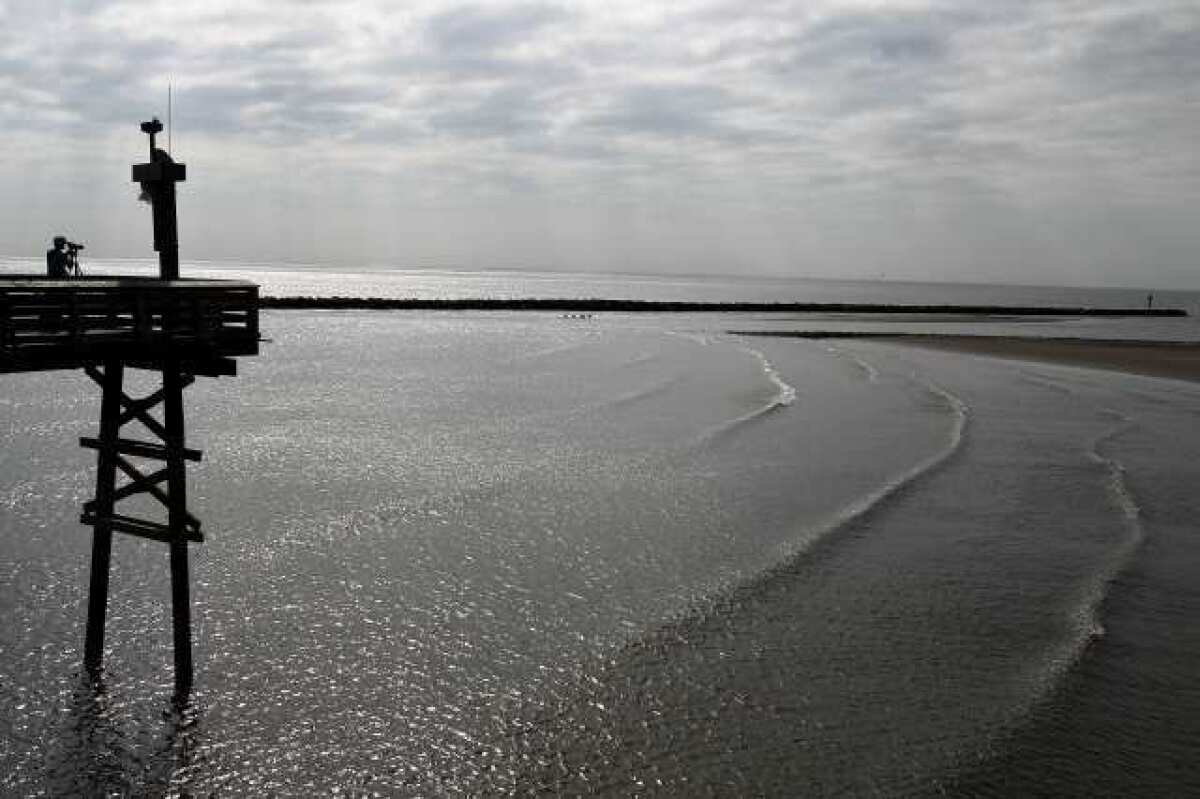On the Gulf Coast, meet the ‘new normal’

Ask anybody in New Orleans or along the Gulf Coast whether things are normal, and they’ll probably tell you about the “new normal.”
This time the query is about how the Gulf Coast is recovering from the BP Deepwater Horizon oil rig explosion April 20 that killed 11 and leaked oil onto 550 milesof Gulf of Mexico beaches from Texas to the Florida Panhandle.
“We continue to tell visitors we are open, the water is safe and the beaches are beautiful,” said Laura Lee, media director of the Pensacola (Fla.) Bay Area Convention & Visitors Bureau, which lost $10 million in accommodations revenue from June through August. But it rebounded in September through promotions and vouchers, ending up with 17% more lodging revenue than in the same month in 2009.
Tar balls aside — and California has tar balls — “for the most part you would never know there ever was an oil spill if you walked on the beach today,” Lee said.
Info: (800) 874-1234, https://www.visitpensacola.com
“We were hurt by perception more than anything,” said Janice Jones of the Mississippi Gulf Coast Convention & Visitors Bureau. Two wilderness barrier islands, 12 and 14 miles in the Gulf, were hit hard, she said, and tar balls were mixed with sand along the mainland beaches, which still are checked daily.
BP workers filled many rooms left vacant by tourists who ventured elsewhere, but Jones said some restaurants and water activities are struggling. Through the end of January, tourists who book two nights on the tourism site will receive a Wish Card worth $100 for restaurant dining.
Info: (888) 467-4853; https://www.visitmscoast.org, https://www.gulfcoast.org
Grand Isle, La., the only occupied barrier island off the Louisiana coast and the closest town to the oil spill, has always been a laid-back destination. Except during its huge Tarpon Rodeo the last weekend in July, which was canceled this year. Sports fishermen already are back in the waters off Grand Isle, although oil continues to wash up on the beaches.
Jean Landry, director of the Nature Conservatory in Grand Isle, hopes visitors will return for the Grand Isle Migratory Bird Celebration on April 15 and 16. It’s heaven for bird watchers, who take their cameras and binoculars to record some of the 35 species of warblers as well as Indigo Buntings, Scissor-tailed Flycatchers and other birds that rest here on their flights from Mexico and South America to northern climates. Info: (985) 787-2997, https://www.grand-isle.com
Although New Orleans escaped being drizzled with oil, it does suffer from a shortage of Louisiana seafood, especially oysters.
Oyster prices are steep, said Wendy Wallace of the Louisiana Restaurant Assn. “They’re not in abundance, but the restaurants that want them get them, mainly from Texas,” Wallace said.
But is the seafood safe to eat? The Texas oysters that New Orleans restaurateur Tommy Cvitanovich he and others are using are “as close as you can get” to the renowned, salty Louisiana oysters, he said. One reason for the shortage: BP paid clean-up workers so well that some fishermen switched jobs rather than harvesting oysters.
Info: (800) 672 -6124, https://www.neworleansonline.com
— Millie Ball
More to Read
Sign up for The Wild
We’ll help you find the best places to hike, bike and run, as well as the perfect silent spots for meditation and yoga.
You may occasionally receive promotional content from the Los Angeles Times.





